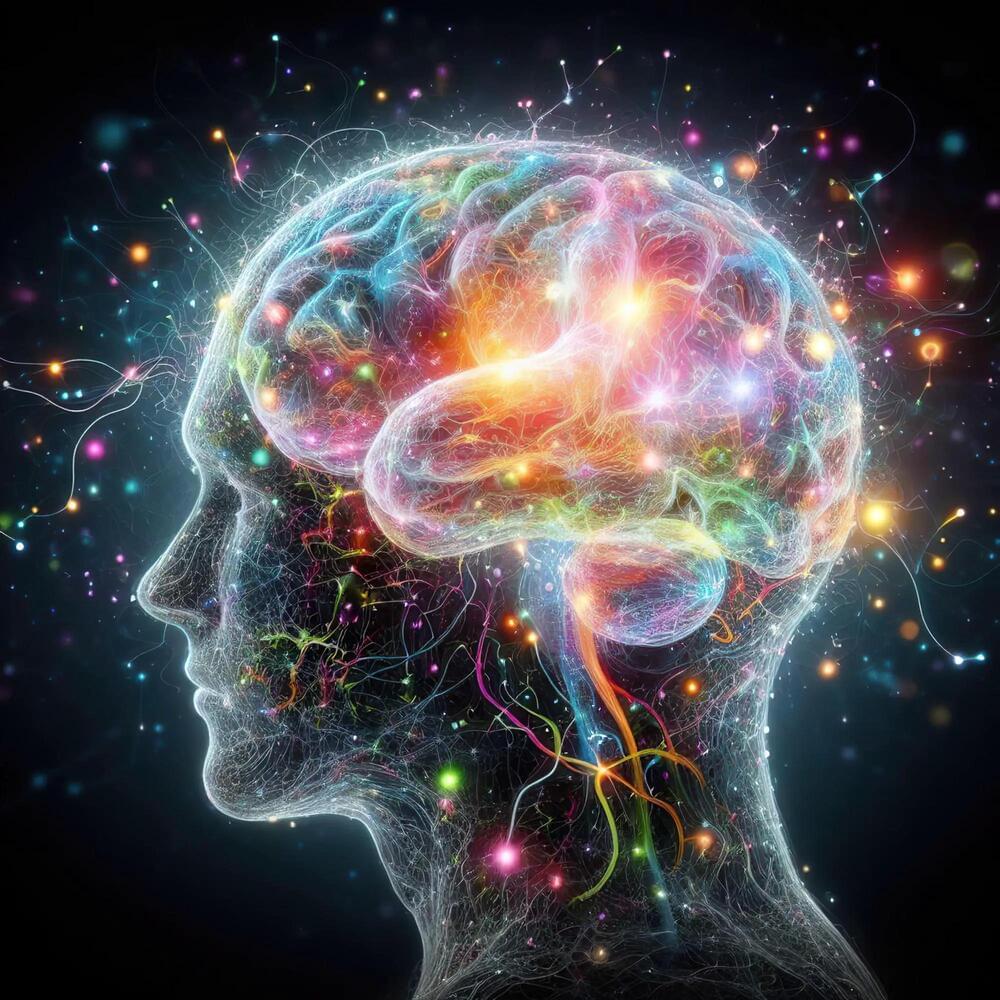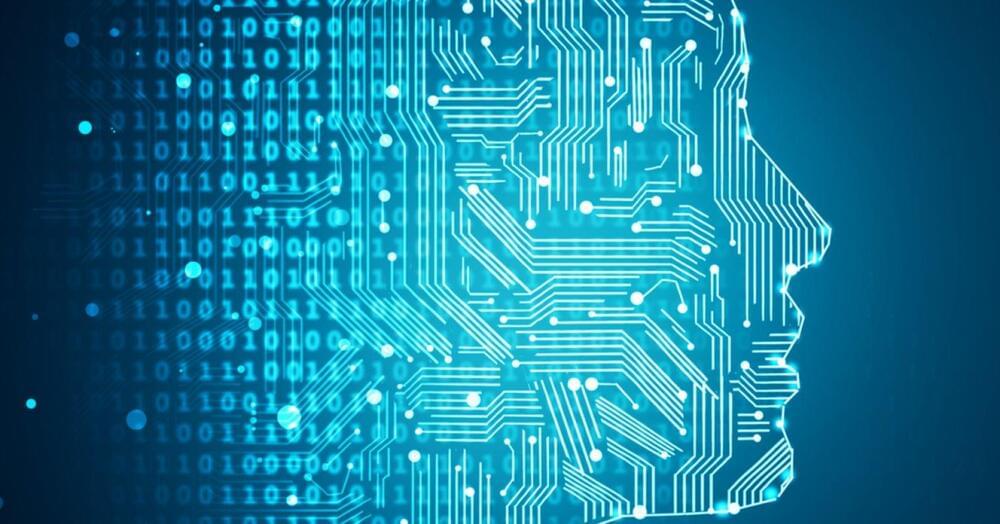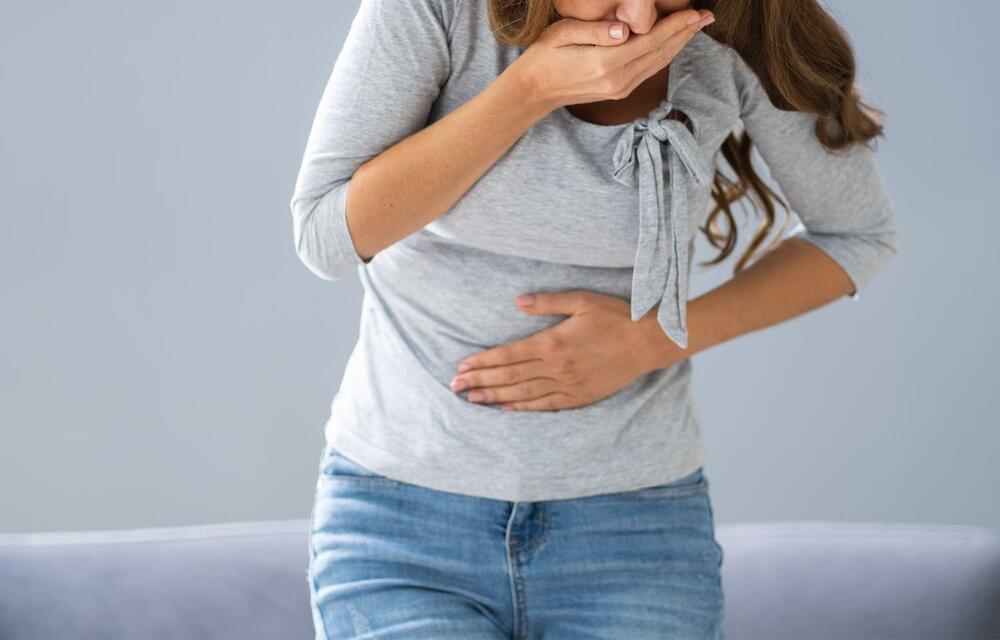Antisocial Personality Disorder (ASPD) is a complex mental health condition characterized by a pervasive pattern of disregard for the rights of others and violation of societal norms. Untreated forms of ASPD affect about three percent of the general population. While the exact causes of ASPD remain unclear, researchers have identified several potential factors that may contribute to its development.
1. Genetic Factors: Studies suggest a genetic component in the development of ASPD, with heritability estimates ranging from 40% to 70%. Genetic variants involved in neurotransmitter regulation, such as serotonin and dopamine, have been implicated in antisocial behavior (Ficks & Waldman, 2014).
2. Environmental Factors: Childhood experiences play a crucial role in the development of ASPD. Early exposure to abuse, neglect, or inconsistent parenting has been linked to an increased risk of developing antisocial behavior (Rhee & Waldman, 2011).






